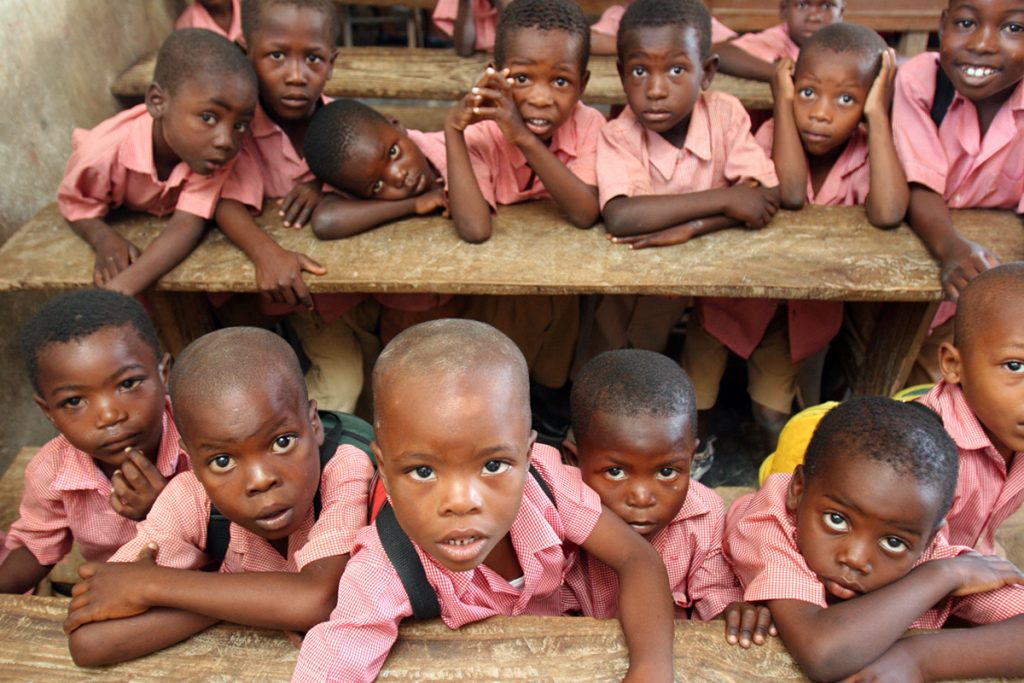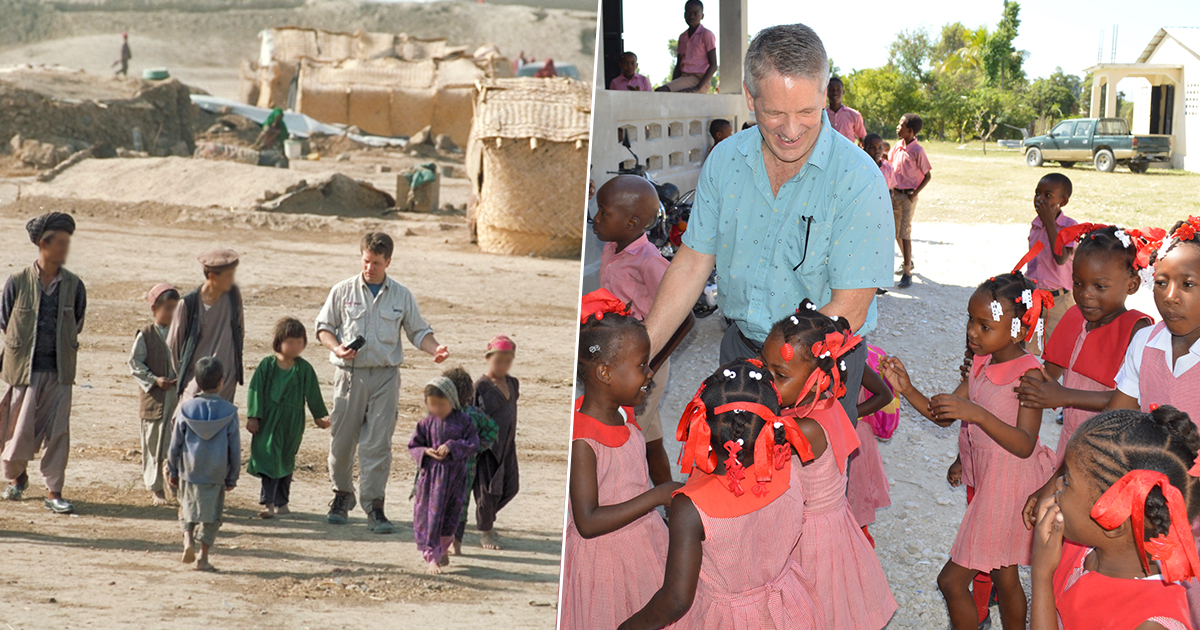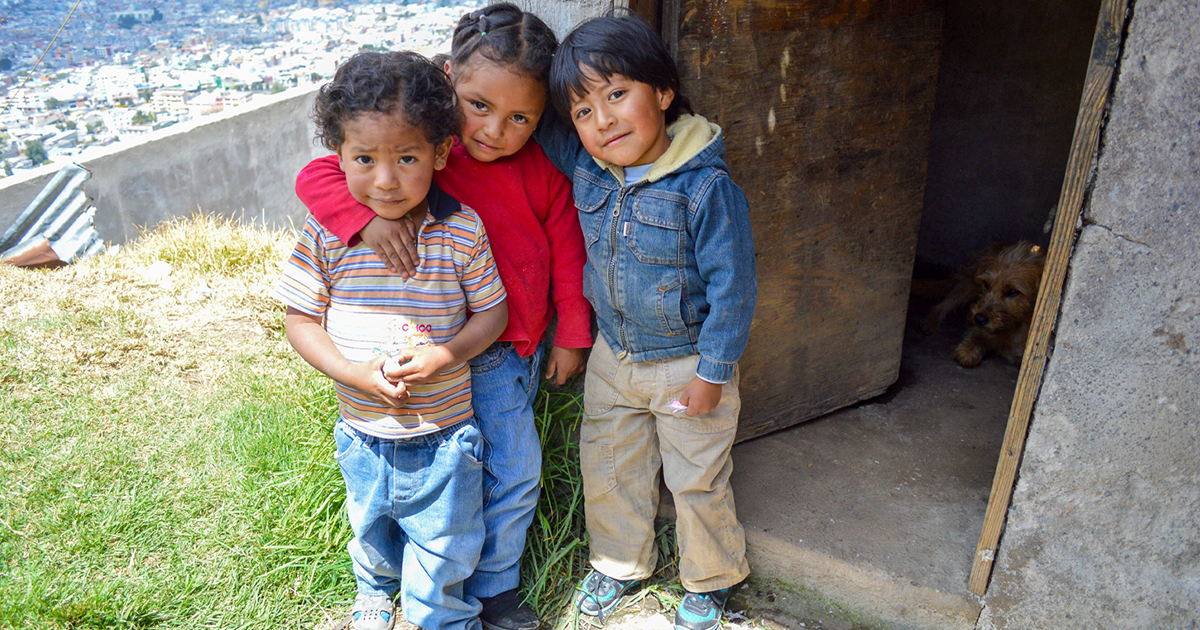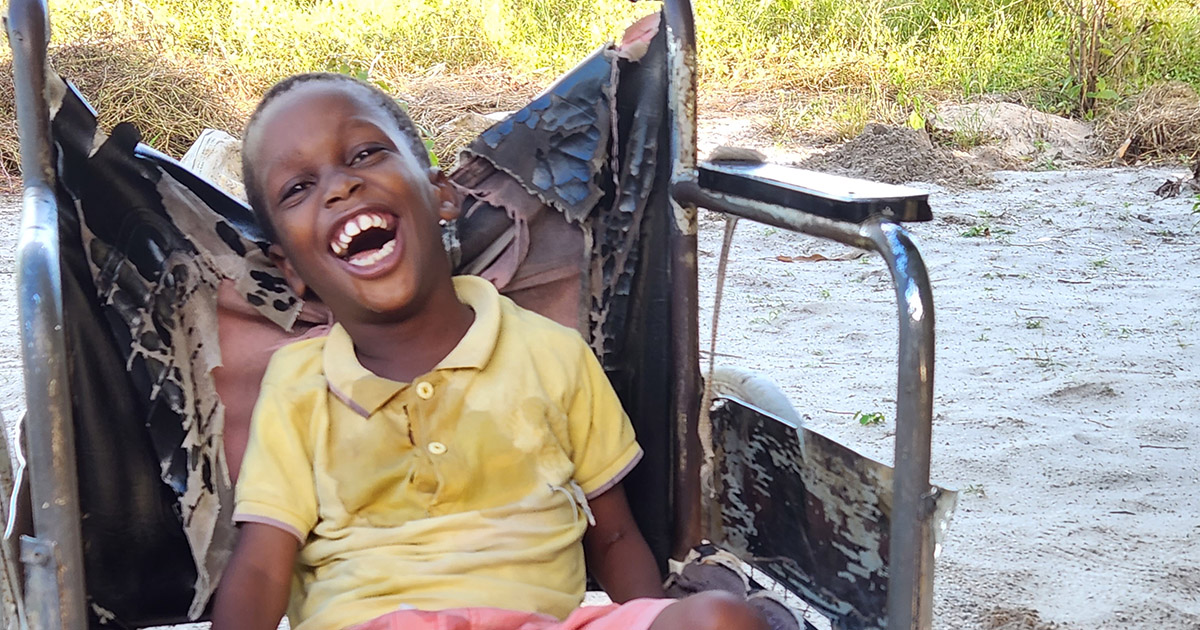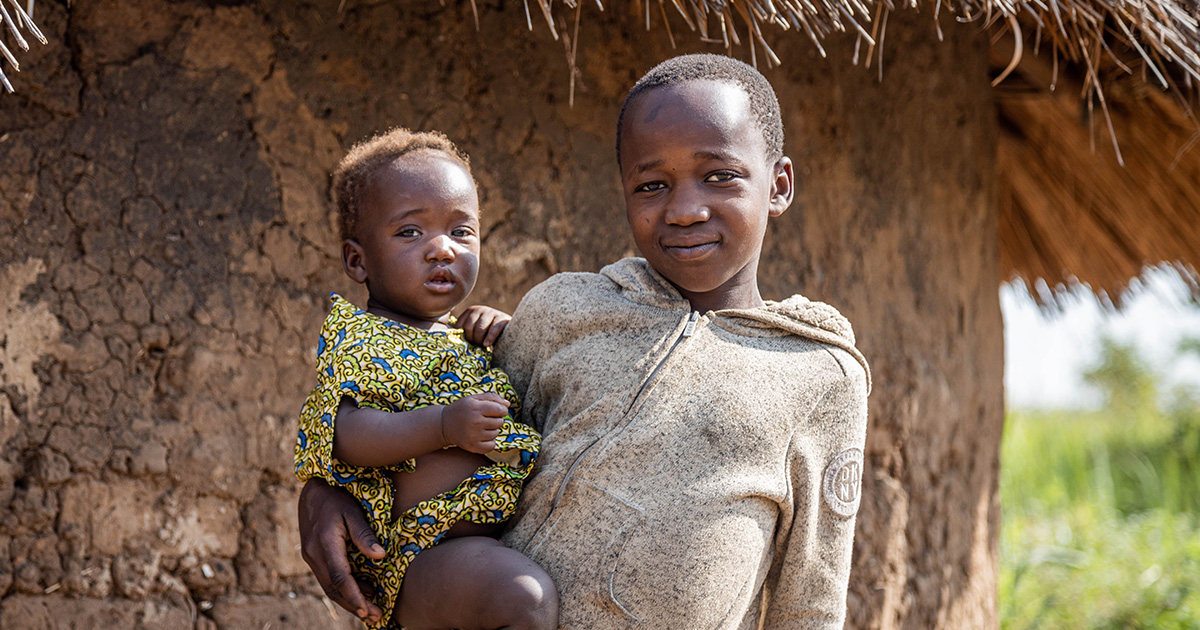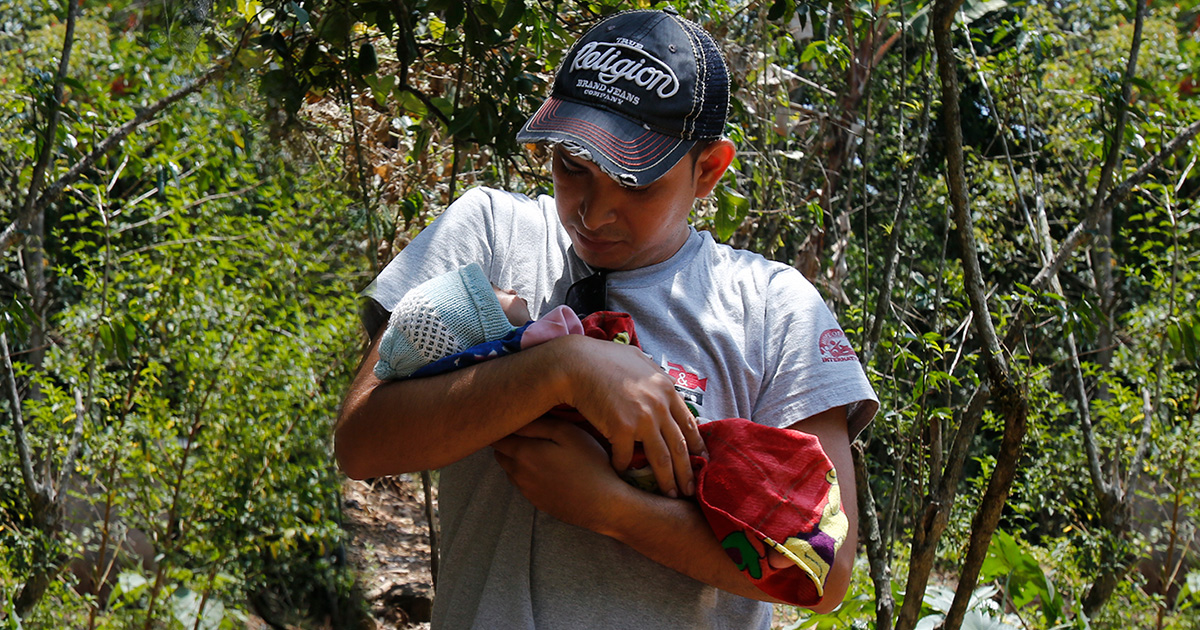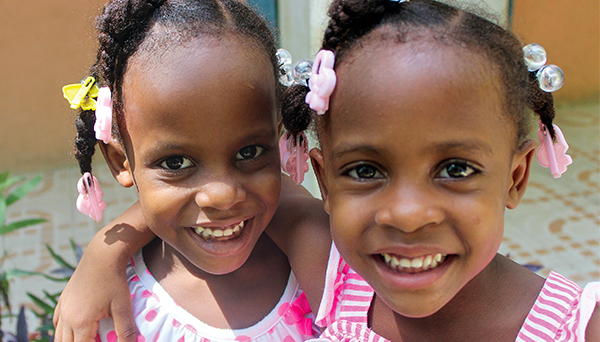Today, my toothbrush reminded me of the challenges and the opportunities we live with around the world. That’s a long story. The shorter version, you’ll read in a few minutes.
It’s Saturday August 14, 2021. My heart and mind are intently focused on two countries that have deep importance to me: Haiti and Afghanistan. Haiti has just been struck with a 7.2 magnitude earthquake, with significant death and damage in its southern region, and Afghanistan is falling back into the hands of the Taliban.
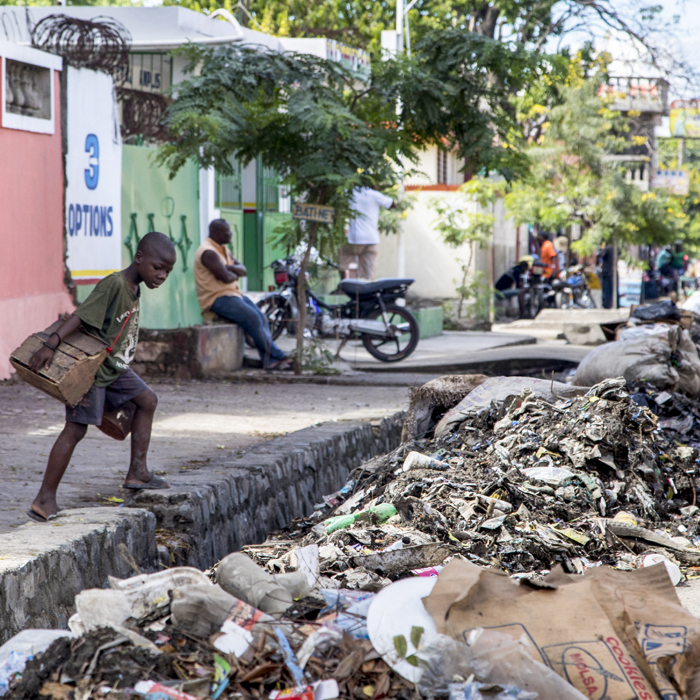
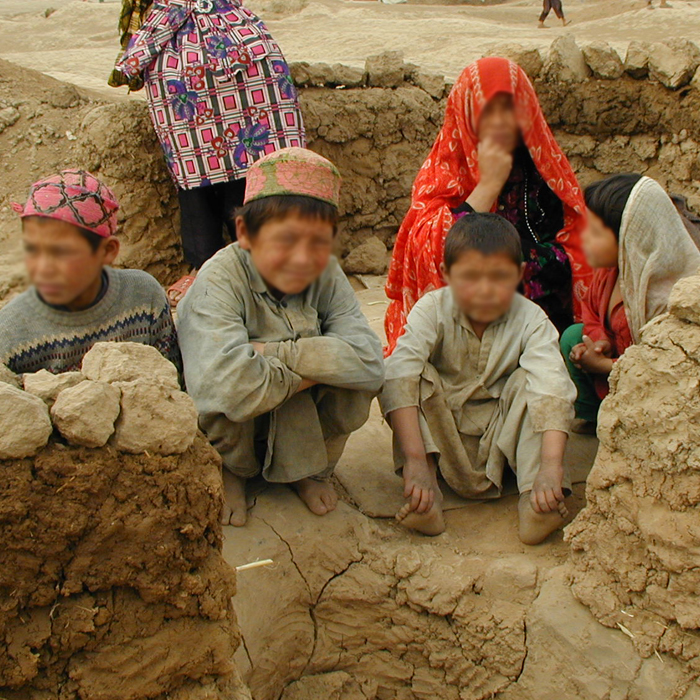
These are countries which, by perception of many in America and around the world, have had continual crisis and turmoil for years, indeed, decades. Both are in crisis again on this day, and for so many people who have seen and heard, what seem to be ongoing, negative stories about these countries, there may be a “why should I care about those people” response, if a response is given at all.
Much of my life’s work is represented in these two countries and their beautiful people. I have the privilege today to be leading a Christian international relief & development organization (Cross International, based in Pompano Beach, FL) and have spent over half of my professional life in this work, with my first experiences beginning in 1995. Like many of you, I live a middle-class life in America where my wife and I are blessed with three great adult kids, a wonderful extended family and many dear friends. A uniqueness for me is that often over the years my “office” has been in many of the world’s most desperate places, having worked in over 30 developing countries. Often my work has been with people suffering from extreme crisis – the result of war, natural disasters and internal conflict. These experiences have shaped me deeply. They have both challenged many assumptions and affirmed many beliefs, brought me to my knees in moments of despair, and have led me to understand the deep joy that rises when the God-created human spirit of people is allowed to flourish.
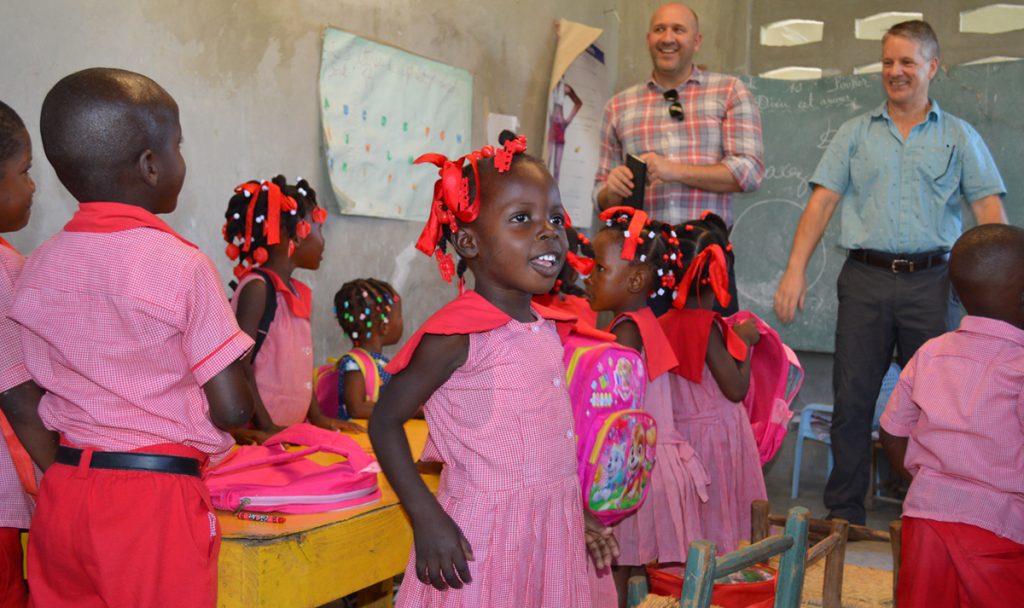
When our Vice President of Programs called me Saturday morning to strategize about our response to the earthquake in Haiti, my first thought was, “Oh, Lord, not again.” I hadn’t yet heard the news, so this was a visceral reaction. Having worked in earthquake responses before, knowing what was happening and what was going to unfold over the coming hours, days, weeks and months in Haiti began to roll through my mind. This was yet another body blow to the core of the Haitian people. The country has barely recovered from the last major earthquake 11 years ago and from a series of hurricanes that have blasted the countryside. Haiti is also still in turmoil over a recent presidential assassination, years of civil unrest and an economy that lies in shambles. All of these events have been making the news in the US and abroad year after year, time and time again. It is easy for people to simply say, “Who are those people, and why should I care?”
And how is Haiti tied to Afghanistan?
On that same Saturday morning, like much of the world, I was also glued to coverage about the utter collapse of the Afghan government and the country’s fall back into the hands of the Taliban completed the next day. Heart-wrenching, gut-wrenching anger. All the adjectives that have been used to describe the situation, and more, were permeating every level of my mind, heart and soul. Afghanistan is personal to me. Of all the countries I’ve had the privilege to work in regarding humanitarian assistance, I’ve probably spent the most time in Afghanistan, beginning 20 years ago just a few short weeks after 9/11 when the Taliban were still in control and were at war fighting the then Northern Alliance.
Humanitarian work in Afghanistan then was mostly confined to the northeast “finger” of the country, as U.S.-led coalition forces were beginning airstrikes against the Taliban. This is where my deep care for the people of Afghanistan began. I could write a book-length description of that time. Instead, let me explain why my soul is in such turmoil over Afghanistan and why I fear for the Afghan people. Here are some reflections from the past that bring today into a full-circle reality.
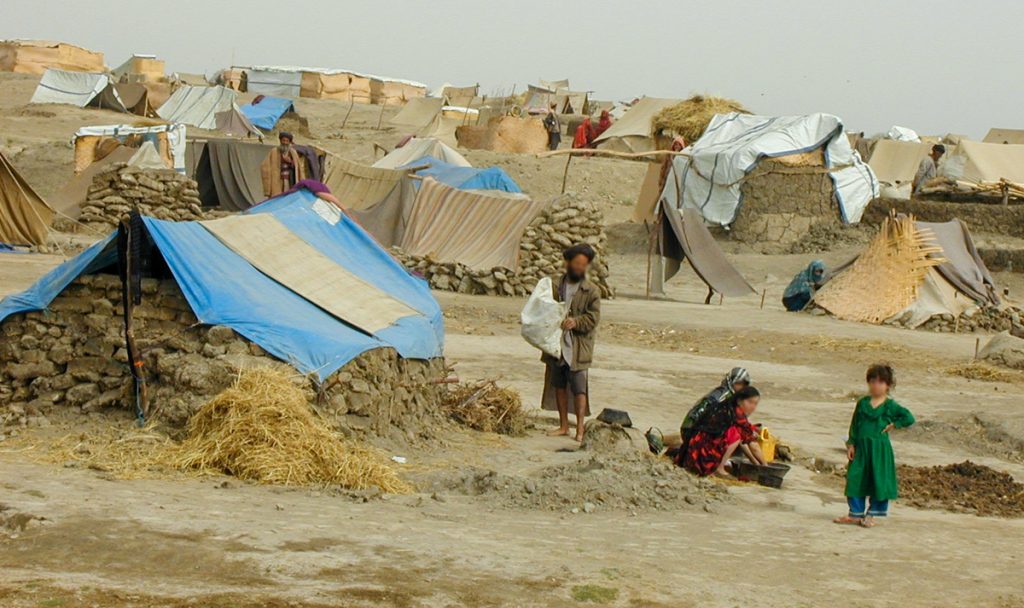
In the spring and summer of 2001 my coworkers (not with Cross International) and I were working with the U.S. government through USAID to secure a large “food security” grant that would help poor farmers in western Afghanistan establish crops and have, hopefully, a sustainable farming future. Famine was rampant in the country. Many millions were in extremely short food supply. As with most famines, this was man-made, caused by the destruction and terror the Taliban had deployed throughout much of the country the prior 4-5 years, primarily in the breadbasket areas of Afghanistan. It was a way to control, to have power and influence over the people. Due to the destruction by the Taliban and resulting famine Afghanistan was facing an Internally Displaced Person (IDP) population of close to six million – at that time, the largest such population in the world.
Then 9/11 struck, and all U.S. government-supported projects in Afghanistan were frozen. That particular food security project became a thing of the past. The world had made a dynamic change, and Afghanistan was at its epicenter.
Now in a post-9/11 posture, just a few weeks later in October of 2001, a few of my international co-workers and I crossed the river border from Tajikistan into NE Afghanistan, into Takhar province – one of only two provinces not held by the Taliban. The headquarters of the Northern Alliance was there. It was a place of mere existence to hundreds of thousands of people who had been pushed from their homes from throughout the country into the last place of freedom from Taliban rule. As a lover of mountains, hiking and exploring the outdoors, at another time this would have been an incredible journey. Huge mountains, barren landscape and wide-open plains to explore. But now this was a place of desperation. “Refugee camps” (that’s the wrong term since these were DPs, but I want you to get a sentiment of the conditions) were spread across the dirt landscape.
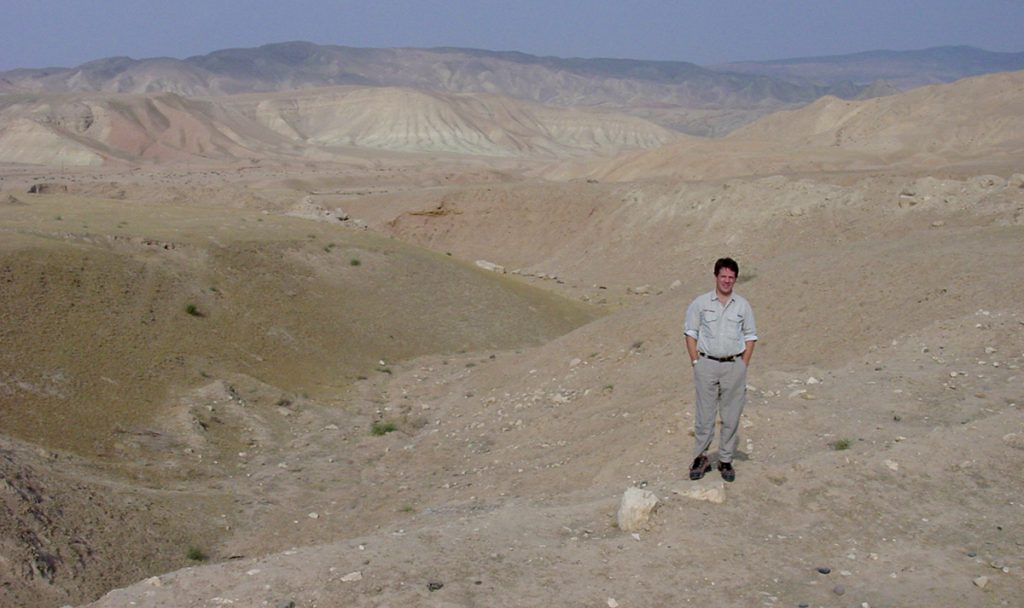
This was a harsh place. Hot, dry, barren in the summer. Cold, snowy, freezing in the winter. The camps were orderly rows upon rows of “shelters.” I use that term loosely. In the raw dirt landscape, people had to dig down into the ground to create a pit, maybe 10 square feet wide and six feet deep, with steps dug into the dirt and tarps covering the hole as a roof. This was their simple existence to protect themselves from scorching heat and freezing snow. A few barefoot children were playing in the dirt fields. Men stood in groups, talking. Women huddled together and cooked meager meals of watery, lentil soup. As I was walking through one of the camps, I edged along a dirt hillside which sloped up maybe 80 feet high and stretched a few hundred yards long, I noticed little bumps of dirt all over the hill. They looked like the reverse dimples of a golf ball. I asked an elder, “What are those?” He said through an interpreter, “Those are the graves of the little children who died over the past winter from starvation, cold and illness.”
It was shocking to me. There weren’t just a few little graves. There were hundreds. And that was just for this small area of the camp. Then I noticed there were very few kids under the age of two to be seen. This was the first raw reality of the impact of the Taliban that I was to witness. Totally avoidable, yet totally allowed to happen. As I looked into the eyes of the mothers and fathers around me, I now not only saw hunger. I saw loss, anger and pain. But I also witnessed a desire to go on. A resiliency despite the terrible circumstances they were living in.
Within a few short months the Taliban had been pushed out of power (note: not defeated. They would regroup over the years and remain in waiting for a time like today). I was in Kabul by then. There was an air of newfound, yet tense freedom throughout the city as the reign of Taliban terror was now at bay. One evening my co-worker (I’ll call him Dave) and I went to the soccer stadium to see a very special soccer match. Dave and his family knew Afghanistan well. They lived in Kabul through part of the Soviet 10-year invasion which decimated much of the country, and the ensuing civil war between factional warlords which put a final stamp of decimation on Kabul and so much more around Afghanistan.
Dave used to dryly joke that his yard was a makeshift hospital for “all comers.” Mujahedeen fighters, warlord fighters and others, when injured during battle in the streets of Kabul, would scale their wall and use their yard for safety and care, freely given to all in need.
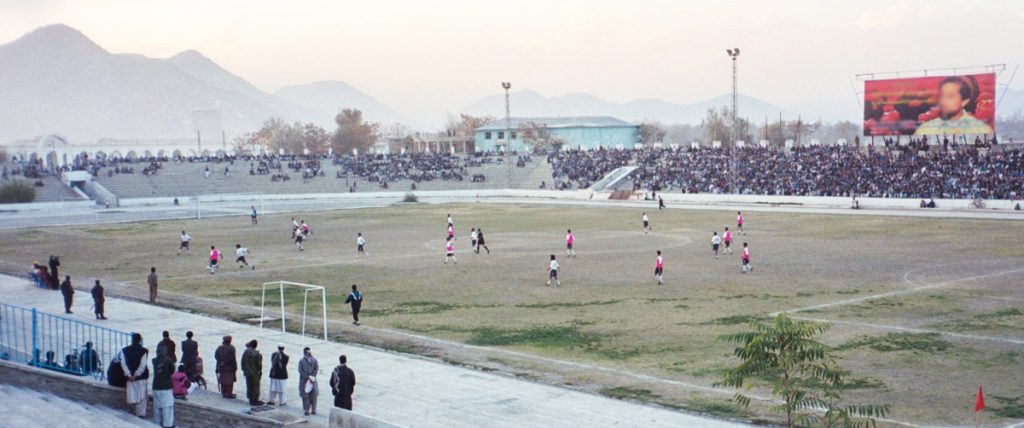
This night that Dave and I had together in Ghazi stadium was “special.” This 5,000 or so seat stadium once used for what you and I would call sport, had been the execution grounds for the Taliban. For the prior 4-5 years those who were deemed worthy of Taliban-themed Sharia justice were subject to execution. Every evening men (perhaps your beard wasn’t long enough) and women (for showing too much ankle skin or listening to music or whatever other “high crime” they had committed) were brought into the stadium in front of the crowd of people who were “encouraged” to attend these worthy events, forced to kneel in the goal box and were shot in the head. Their blood provided nutrients for the meager grass to grow. Bear in mind, this was a small stadium. Every seat was up close and personal. If you were there, you saw it all. This was yet again another reality of the brutal, daily existence the Taliban meted out against the people. But on this evening, just a few months after the Taliban had used this place as a literal killing field, Dave I and saw the first real public soccer match since the reign of the Taliban. It was a moment of release and joy for the Afghan people.
A few days later Dave and I drove through the center of the country from Kabul to Mazar-i-Sharif in the north-central part of Afghanistan where our organization hoped to work with village communities to re-establish farming, animal husbandry, maybe even schools for girls. (Remember, this was early 2002, and girls had been banned from school during the Taliban years). Our drive took us through the Shamoli Valley and close by what was becoming the U.S. force’s Bagram base. The Shamoli had once been a lush breadbasket for Afghanistan. Orchards and crops were staples and had been in existence for generations. The produce of this region had been a heartbeat for the country, a place of identity. But as we drove through the long valley, stark reminders of the Taliban were everywhere. Orchards had been slashed and burned to the ground. Villages destroyed. Many, many people had been killed over the years. Terror, oppression and steps backward in time had replaced a once-thriving spirit.
We were establishing our organization’s development work in villages in the area around Mazar, so I was there for some weeks working with local officials, elders of villages, etc. Our organization was part of a larger consortium of faith-based organizations from around the world that had been working in Afghanistan for many years.
One night we had dinner at the home of a couple from another agency in this consortium. They had invited a few of us over for stew, cooked in a pressure cooker on their small two-burner propane stove. A nurse from Switzerland arrived late and seemed somewhat distant while we all got acquainted. Over dinner she and I started to talk, during which I sensed something was wrong. I eventually asked her if she was okay. That led to a heartbreaking story. Just before dinner, as the local medical professional, she had been called to the village close to the one we were at. Seven children had been playing with a land mine they found in the dirt close by. Her job was to confirm each of their deaths as the families identified the remains of their bodies. As you can imagine, she was shaken to the core by this. We listened to her cry and tell the story. Although many mines had been laid during the warlord conflict and were still deployed, it was believed these had been laid by the Taliban as another way to exert terror.
Close to that time I had meetings regarding Afghan humanitarian work in Islamabad, Pakistan. While there one afternoon, I had a few hours of free time, so I drove well outside the city toward the mountains where some Madrassas were located in the lowlands of the mountains. Likely, some of these and numerous others along the border with Afghanistan are where many of the Taliban’s students began their indoctrination into the ways of the Taliban. There is a long story behind the establishment and growth of the Taliban, too long to tell here, but what I can tell you is that while driving through this area, you could sense the aura of a breeding ground. It was palpable.
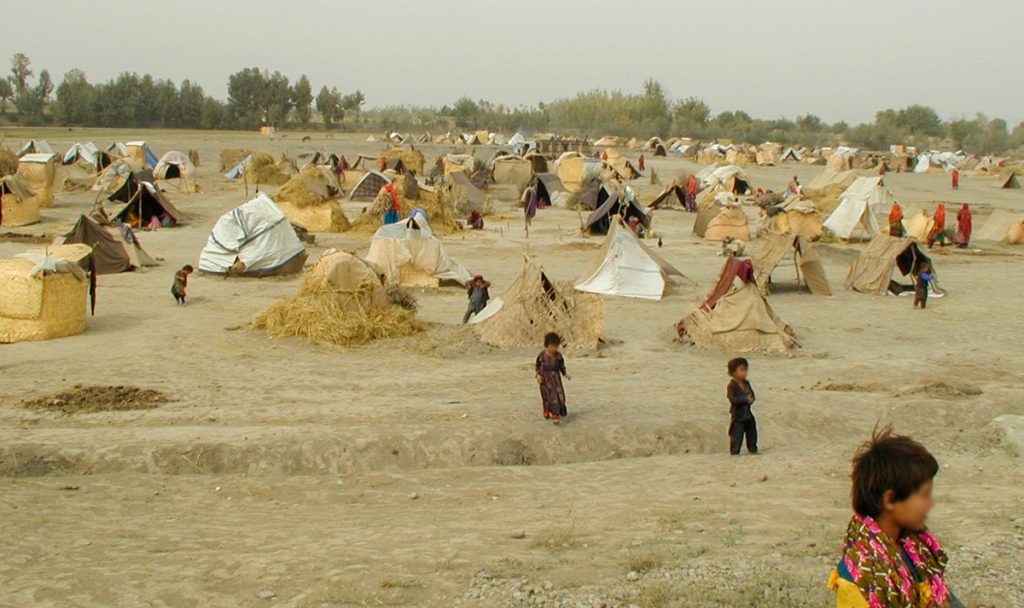
Back in Afghanistan hope began to emerge.
In Mazar we were able to lay the foundation for working with several villages outside of the city, for agriculture development and animal re-stocking and husbandry. The idea of really establishing one or more schools for girls was taking root….and eventually began! Over the next few years it was glorious for these young girls to begin learning and to shine.
A few months later I was back in Kabul with Dave. Along with another organization (a British outfit) we had established a small business and were employing women. We were manufacturing a high-protein porridge meal that was being used widely in the area to help malnutrition. Our “manufacturing plant” was an old rented three-story house with a sizeable open courtyard. The women would spread the various ingredients out to dry in the courtyard, then roast them “just right” over a clay firepit, then transfer the materials inside where they were mixed, weighed, bagged and boxed for transport. This was sold in the street markets and to other organizations for their program work. And I’ll tell you what I saw. I saw women who had been long oppressed now with a sense of purpose. And I actually saw … them! They no longer had to have face coverings. I saw eyes that not too long before had been cowering and distant with fear of the Taliban but were now bright and full of life. I saw beautiful smiles and joy. I saw their God-created human spirit flourishing while they worked and earned an income.
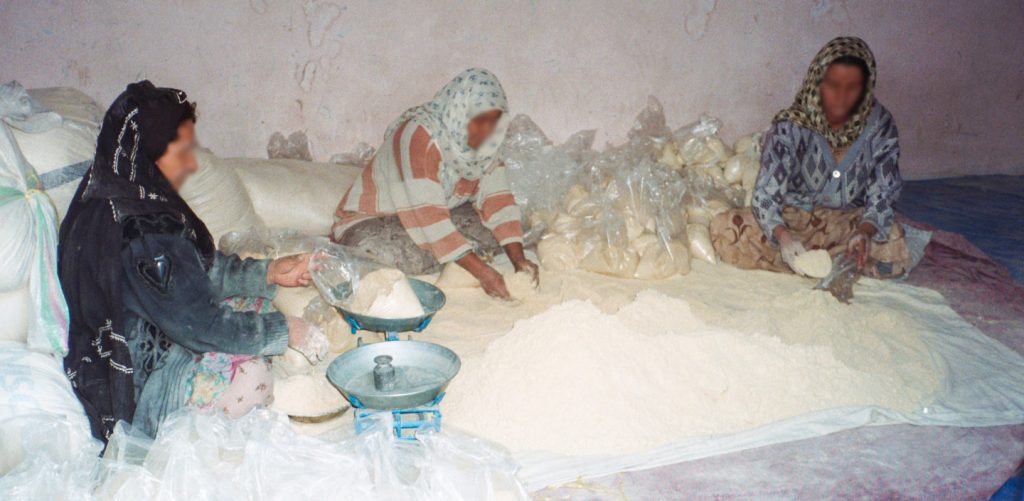
While Dave and I were in Kabul, we were staying with friends from our organization. They (I’ll call them Ray and Susan) were an incredibly joyful couple from the Philippines who had recently been serving in a Christian school in Pakistan which had been raided by a small cell of terrorists. In a truly God-saving story of survival, with nothing but air between them and the gunmen, they were shielded and spared from almost point-blank gunfire. Because of that event they were forced to leave the country and were now taking respite in Kabul (note the irony). Because of quick travel plans by all of us, we were short on some personal supplies. I was missing my toothbrush. So, I walked to a corner market and bought a new toothbrush. Back at Ray and Susan’s place, I was heading to bed for an early night’s sleep and as I was unwrapping my new toothbrush to brush my teeth, I could hear Dave, Ray, and Susan talking in the kitchen. They were telling stories and laughing about the wonderful times they had had while serving the beautiful people of Afghanistan and Pakistan. I stood there listening for a long time. I had grown to love and admire my friend Dave so much and had quickly come into friendship with Ray and Susan. As I listened to them, it was a poignant moment, I was burning the images and stories that I’ve shared here with you (and many more) into my mind. I vowed I would never forget. I would always remember that despite the darkest hours of human depravity, there is hope that finds its way out and into the light. A hope that only comes from a God who created us and loves us. A hope that, because of God’s steadfast love, endures through the evil actions of mankind. And a hope that allows us to participate, even in small ways, to help in the process of redemption into a joyful life.
Today, that toothbrush remains in my travel pouch, even after these many years, as a reminder of that hope. Every time I’m travelling and brushing my teeth, I smile.
So, why on this Saturday in 2021 and in the ensuing days and weeks, am I feeling both anger and frustration but also hopeful and thankful? Well, I can tell you that I have great fear for the people of Afghanistan, particularly women and young girls. I’m angry because history does repeat itself. It may be a different shade or tone, but history does repeat itself. When the Taliban originally swept into influence and power, they took advantage of a war-torn population with a “hearts and mind” campaign. The Afghanis – a beautiful, wonderful people – had been pounded by invaders and civil war for 15 years. They badly wanted peace and stability. Even if it came from outsiders who had rough, but stabilizing ways. In their early days the Taliban provided that and were generally accepted by much of the population as the de facto stabilizing leadership. However, soon after gaining control of the country, the Taliban unleashed its harsh ways of life, as the world came to know.
I am frustrated because history indeed does repeat itself. Sadly, we will once again see the harsh reality and cruelty of life under the Taliban. It will happen again, and I’ve never wanted to be so wrong in my life. The recent actions around national interest politics and geopolitics are for another discussion of which I have strong sentiment, but for certain the door is now wide open for the Taliban to perpetrate their actions against humanity once again.
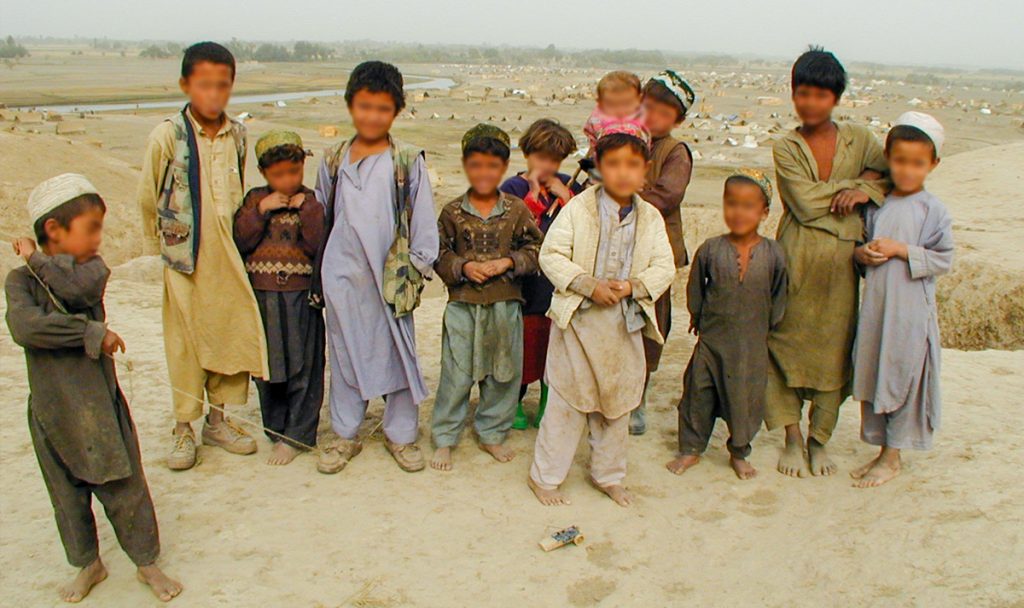
But there is hope. There is always hope. First and foremost, we can continue to lift Afghanistan up in prayer for peace and justice. As much as you and I can’t engage in assistance in Afghanistan right now, we can be active in Haiti. Ah, Haiti. My last work there was in February 2020, just before COVID shut down the world. Our staff in Haiti and local partners were (and are!) doing incredible work. I think of the young kids who live in abject poverty, to no fault of their parents, and now through our schools have opportunity to learn and to have a nutritious meal every day. These are kids who over the years instead of being subject to poverty are now in the workplace as teachers and tradesmen, and other viable work. I think of the school in Port-au-Prince for children with disabilities who would otherwise be cast aside, not given any opportunity in life. I think of the rural villages where our partners are training children to raise goats to breed and sell in the marketplace so they can afford to go to school and have a hopeful future. As a matter of fact, the gentleman who is now the Director of that program came from such a background!
When a crisis of the magnitude of an earthquake hits, it seems so overwhelming. What can any one person do? What can I do? Well, I want to encourage you that when you see a crisis like this in Haiti, there ARE ways to engage and help, even if you think it’s small. Each of us can choose to break through the action-stopping mindset of “those people” and know that ach person in an under-developed country has a name, has a need, has hopes and dreams for a thriving future just like you and I do for our families. Let’s not box so much of life into an “either or” world. We can simply choose not to.
I’m not asking you to give up helping your families or others in your community. What I’m asking, if you aren’t already so engaged, is to consider expanding your sphere of impact. Include the people of the most marginalized places on earth, like Haiti, in your financial, prayer, conversation, and advocacy activities. You may not change the world, and you don’t need to, but you can impact one life at a time. YOU can help unleash that God-created human spirit of a vulnerable child, of a mom at risk, of a dad who is struggling, and help them flourish.
